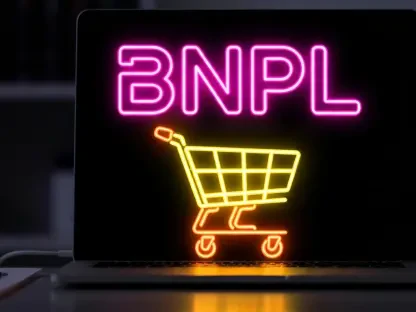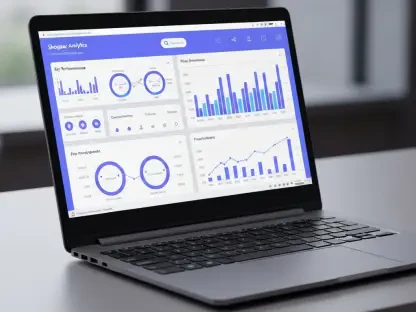In the fast-evolving landscape of consumer packaged goods (CPG), navigating market challenges while steering towards sustainable growth can seem daunting. Today, we have Zainab Hussain, an expert in e-commerce strategy, to shed light on how CPG brands can overcome these hurdles. With her experience in customer engagement and operations, she shares insights on leveraging data and technology to drive growth and innovation.
What challenges are currently facing the consumer packaged goods (CPG) industry in terms of achieving sustainable growth?
The CPG industry is grappling with several challenges, including fluctuating market conditions and evolving consumer preferences. Price increases, fierce competition from private labels, and intense research and development rivalries add to the complexity. These factors necessitate holistic customer insights to inform sales and marketing strategies, which can deliver personalized consumer experiences and drive sustainable growth.
How can AI help break down silos in the CPG industry?
AI plays a pivotal role in breaking down silos by integrating various data points that are often stuck in disconnected systems across a company. These silos, which can be departmental or data-related, hinder the free flow of information necessary for comprehensive strategy development. Breaking them down enables organizations to acquire a unified view of their operations and consumers, leading to more informed decision-making processes and sustainable growth.
What role does customer data play in shaping marketing strategies for CPG brands?
Customer data is the backbone of effective marketing strategies. It provides deep insights into consumer preferences, needs, and behaviors, enabling brands to craft tailored messages that resonate on a personal level. These insights are crucial for predicting future trends, allowing brands to stay ahead and adapt their strategies to anticipate consumer demands dynamically.
How does a customer data platform (CDP) aid in centralizing data for CPG companies?
A customer data platform centralizes various consumer data streams, offering a singular, organized repository. This centralization provides a comprehensive view of each consumer, facilitating more precise and personalized marketing efforts. The benefits include enhanced data utilization, improved consumer insights, and ultimately more effective engagement strategies.
What are the steps involved in transforming the content supply chain for CPG brands?
Transforming the content supply chain begins with integrating data into content strategies. This integration improves content quality and velocity, allowing for personalized consumer experiences. For instance, our collaboration with certain companies showcased how data-driven creative activation can enhance media efficiency. Such strategic use of data is critical for building lasting consumer relationships.
What impact does real-time data have on content creation and consumer engagement?
Real-time data revolutionizes content creation by enabling brands to swiftly respond to consumer needs. It allows for delivering relevant messages at the most receptive times, enhancing engagement effectiveness. Additionally, generative AI can be leveraged to automate and expedite content creation, reducing resource intensity while maintaining high-quality, personalized interactions.
Why is it essential for CPG brands to continuously refine their strategies?
Continuous strategy refinement is crucial for maintaining resilience and fostering growth. The CPG market is dynamic, and brands need to adapt swiftly to changes. By leveraging consumer data insights, brands can anticipate trends and adjust their strategies accordingly, ensuring they remain relevant and competitive amidst economic fluctuations.
How does Publicis Sapient help CPG brands optimize their content supply chain?
Publicis Sapient aids CPG brands by digitally transforming their internal processes and connecting vital tools like CDPs and consent management platforms. This optimization involves enhancing campaign planning and accelerating the production of tailored creative outputs, ensuring personalized experiences and compliance. Such comprehensive support drives ROI and deepens consumer engagement.
What are the key drivers of business growth in the current economic climate for CPG brands?
Key drivers include strategic customer data use and optimizing content production for hyper-personalized experiences. As brands face economic uncertainties, embracing data-driven practices is imperative. This approach not only helps navigate present challenges but also prepares brands to seize future opportunities, driving sustained growth.
What is your forecast for the future of data-driven marketing in the CPG industry?
Data-driven marketing in CPG is poised for significant evolution. Brands that remain agile and invest in technology to harness consumer insights will thrive. They must be prepared for ever-changing market conditions by maintaining an adaptable, consumer-focused approach, ensuring resilience and sustained success in an increasingly competitive landscape.









